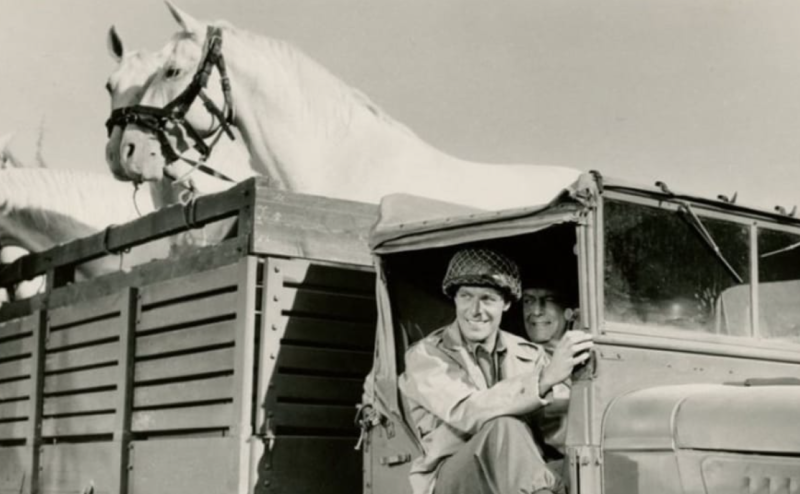
[Regretfully, photographic copyright for image not available. Please advise.]
In his wisdom, American General George S. Patton, who commanded the Third United States Army in France and Germany after the Allied invasion of Normandy in June 1944, gave permission for the U.S. Army to liberate the 300 head of Lipizzan breeding stock that had been hijacked to Germany by the Nazi Army, to be rescued and driven in herds and also in trucks to Bavaria, to safety.
https://www.youtube.com/watch?v=8yVGonC2aLk
He later said about the great feat “It is probably wrong to allow any highly-developed art, no matter how fatuous, to perish from the Earth. And which arts are fatuous depends on the point of view. To me, the high schooling of horses is certainly more interesting than painting or music.”
Watch this very interesting video that gives the history of this event. U.S. servicemen were willing to give their lives to rescue this remnant of culture in a war-torn Europe. They considered themselves lucky to be rescuing magnificent horses instead of liberating the concentration camps. U.S. Army Colonel Charles Hancock Reed, commander of 2nd mechanized Cavalry unit who took charge of the Lipizzan rescue said, “We were so tired of death and destruction, we wanted to do something beautiful.”
Did you know that about 150 of those 300 were shipped by ocean carrier to the U.S. for safekeeping?
